The Canadian real estate market is as varied as the country itself, with areas around Toronto showing a rise in property prices while in others, such as British Columbia, average property prices are expected to drop by 7.8% in 2017, according to the Canadian Real Estate Association.
If you’re looking to invest in real estate this year, however, it’s not only the potential for price appreciation you should consider. Also look at potential rental income, which means that university and hospital hubs are good choices. Most importantly, remember only to buy if you can afford it.
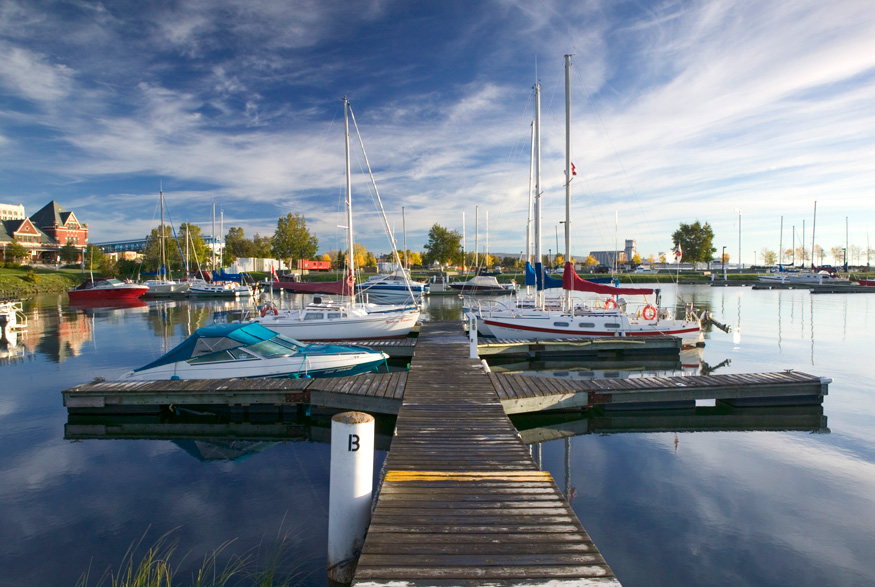
1. Thunder Bay, Ontario
The largest city in Northwestern Ontario, Thunder Bay is a centre for healthcare, business and education services.
In the five years up to 2016, average house prices appreciated by 8.4% while average rents increased by 22.5%. With the average home costing 2.7 times the average income, buying here is still affordable too.
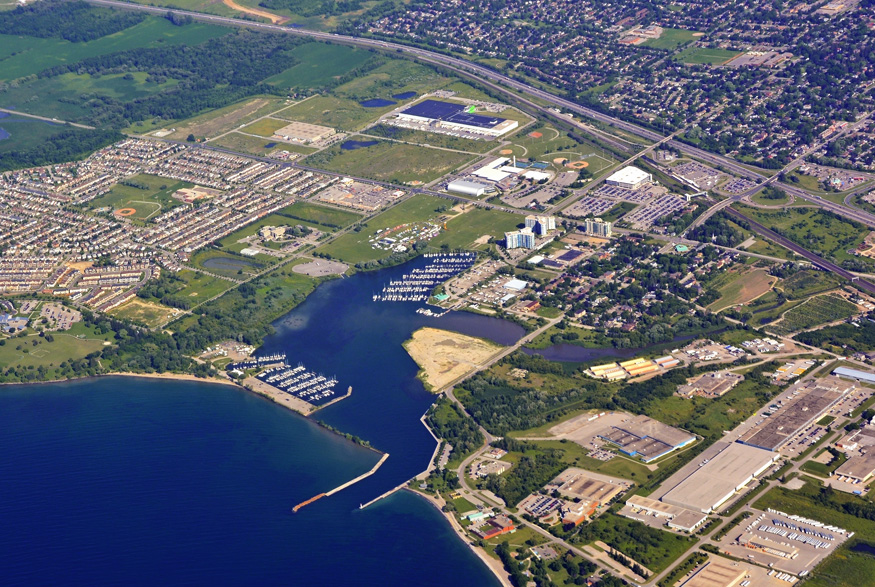
2. Oshawa, Ontario
Home to Durham College, the University of Ontario Institute of Technology and Trent University Durham, Oshawa offers great potential rental income from students.
The average house price in this Southern Ontario city, one of the fastest growing cities in Canada, appreciated by 8% in the five years up to 2016 while average rents increased by 14.6%. Homes cost on 4.3 times the average income.
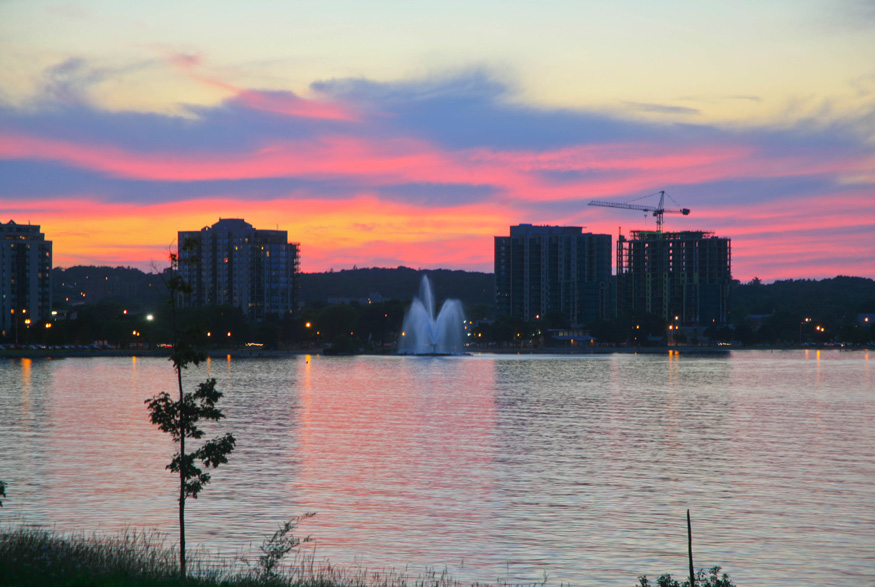
3. Barrie, Ontario
Even though the city serves as a bedroom community for Toronto, about 28% of the labour force here commutes into Barrie for work.
While average house prices appreciated by 5.8% in the five years up to 2016, average rents increased by 20%. On average, a home in Barrie costs 4.1 times the average income.

4. Abbotsford–Mission, British Columbia
While Vancouver saw greater increases in average house prices and rents in the five years up to 2016, properties there cost a whopping 9.8 times the average income.
A better option is the nearby Abbotsford–Mission area, where house prices increased by 5.1%, rents increased by 9.1% and the average home costs 6.9 times the average income.

5. Guelph, Ontario
With one of the country’s lowest unemployment and crime rates, Guelph is also one of Canada’s fastest growing cities. Between 2011 and 2016, the average house price increased by 5.1% while rents increased by 14.1%.
A home in Guelph costs four times the average income.

6. Windsor, Ontario
Canada’s southernmost city saw an increase of 4.3% in average house prices from 2011 to 2016, while average rents increased by 10.2%.
However, homes here are still very affordable at 2.6 times the average income. In 2015, the average house price in Windsor was a little less than $200,000.

7. Winnipeg, Manitoba
While average house prices in Winnipeg appreciated by 4% in the five years up to 2016, average rents increased by 26.3%, the highest increase in the country.
A house here costs on average 3.3 times the average income and in 2015, the average house price was $278,270, making Winnipeg a good choice if you want to invest in a second property.
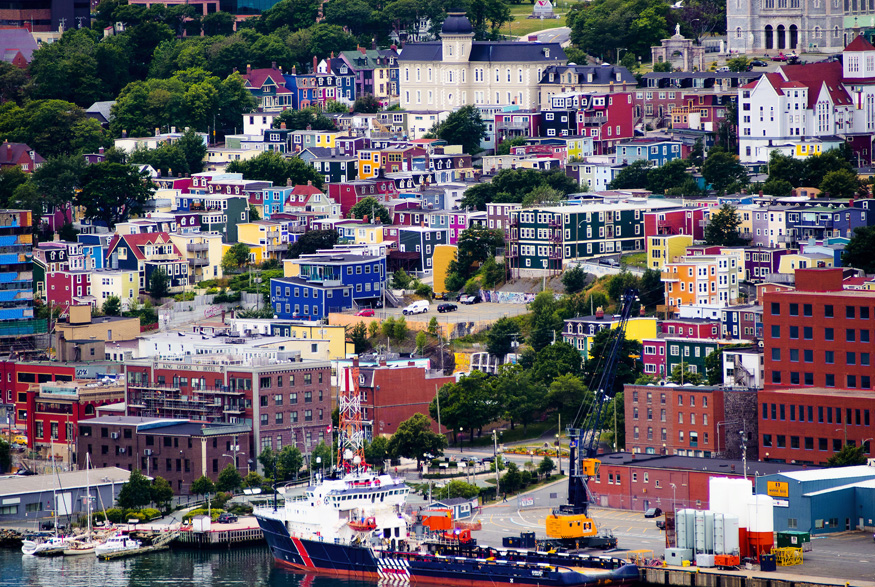
8. St. John’s, Newfoundland and Labrador
St. John’s has been showing strong economic growth which is expected to continue thanks to the oil and tourism industries. While average house prices have remained relatively stable in the five years up to 2016, average rents increased by 24.7%.
A home in St. John’s costs 3.1 times the average income.
Photo: Kenny Louie/Wikimedia Commons
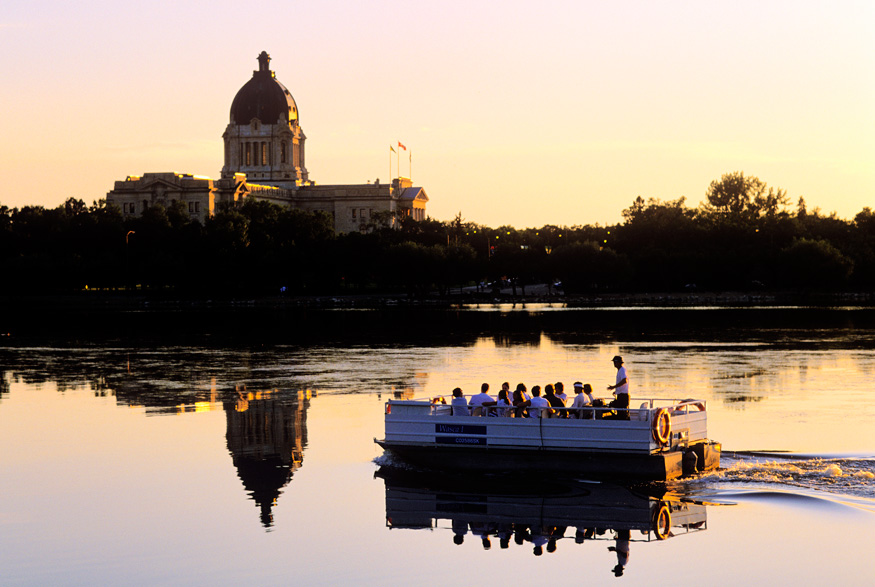
9. Regina, Saskatchewan
While oil, mining, manufacturing and agriculture are major employers in Regina, the city has a diversified economy. The average house costs 3.1 times the average income, and between 2011 and 2016, the average price increased by 3.8%. However, average rents increased by 24.5% in the same period.
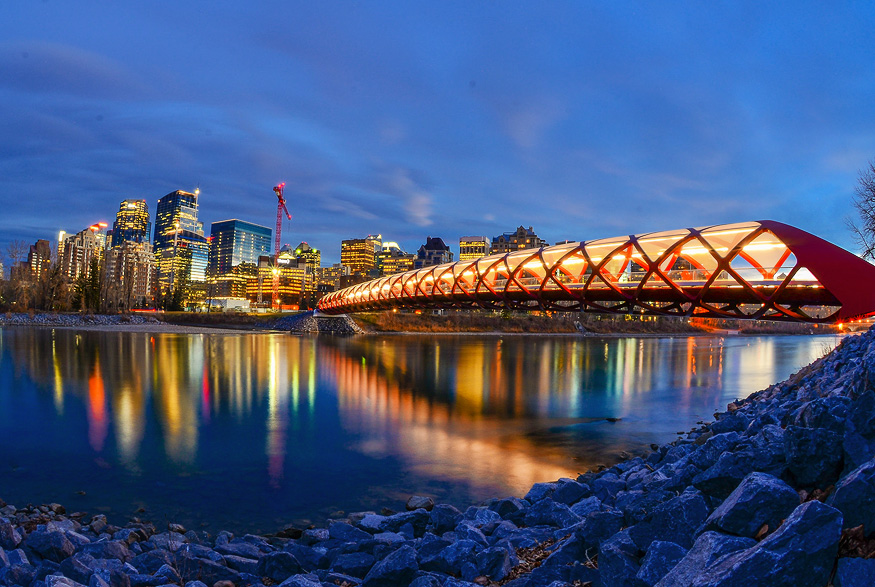
10. Calgary, Alberta
The Canadian Real Estate Association predicts an increase of 3.5% in home sales in Alberta this year, which will likely cause an increase in prices.
In Calgary, average house prices increased by only 2.6% in the five years leading up to 2016 but rents increased by 24.4%.
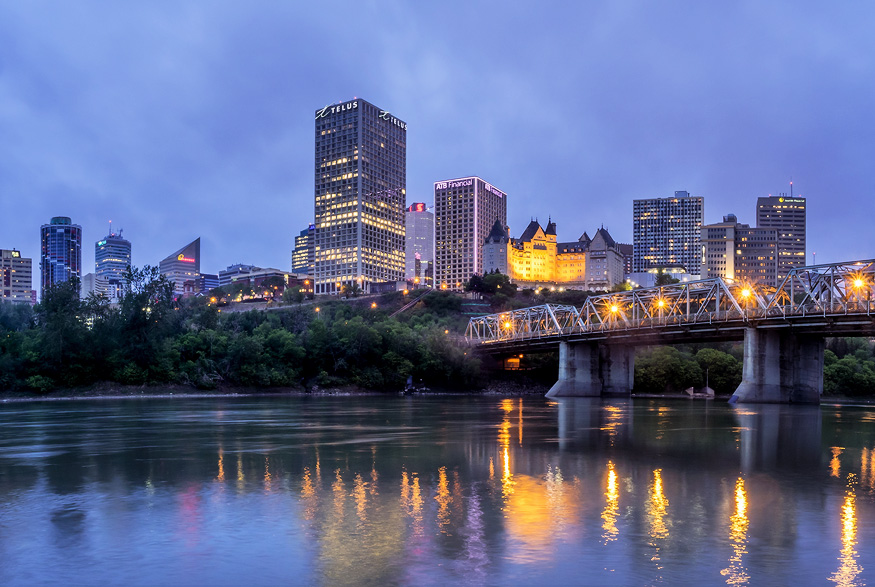
11. Edmonton, Alberta
Edmonton saw an increase of 2.4% in average house prices between 2011 and 2016.
However, with rents increasing by 23.2% in the same period and with the average house costing 3.3 times the average income, Edmonton can give you a better deal than Calgary, where houses are more expensive.
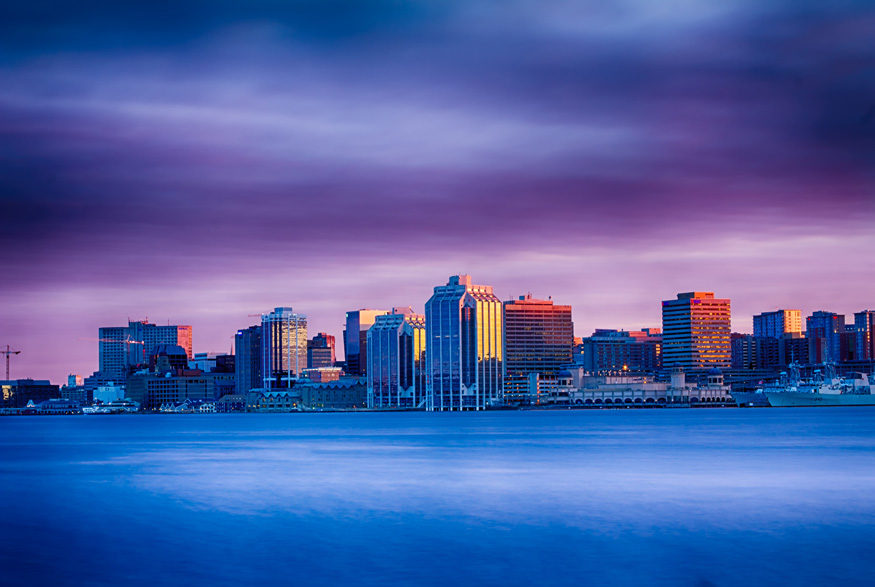
12. Halifax, Nova Scotia
Even though home sales in Nova Scotia are expected to show a slight decline this year, Halifax’s economy is showing strong growth.
A house costs 3.5 times the average income. The average rent in Halifax increased by 17% from 2011 to 2016, making Halifax a good option if you want to invest in property for the rental income.
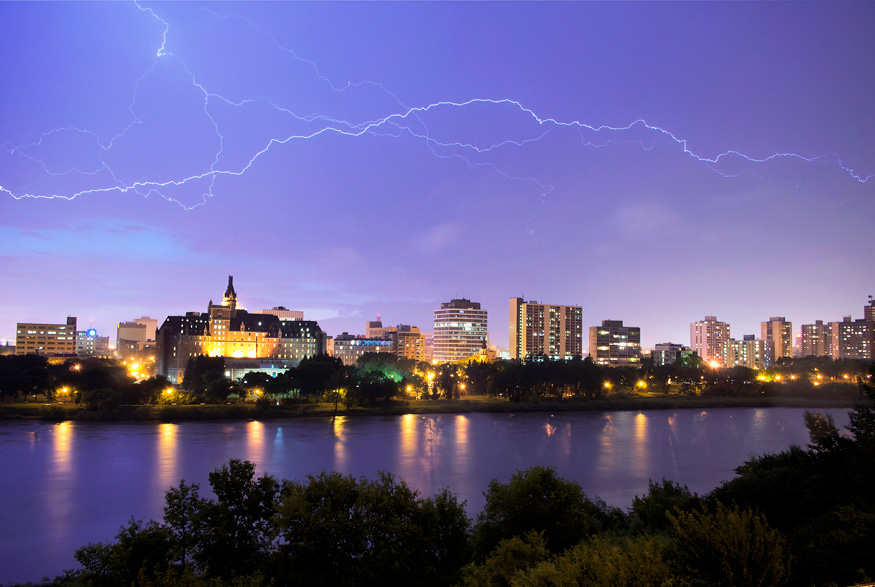
13. Saskatoon, Saskatchewan
House prices in Saskatoon have been quite stable in the past five years and, like elsewhere in Saskatchewan, may show a slight decline in 2017. However, the average rent in the city increased by 17% between 2011 and 2016.

14. Charlottetown, Prince Edward Island
Prince Edward Island had an unusually strong selling season in 2016, which means that this year sales and house prices are expected to drop a little.
In 2015 the average house price in Charlottetown was $163,533, among the lowest in the country, and from 2011 and 2016 the average rent increased by 15.7%. If you want to tap into the market for vacation rentals, buying in Charlottetown can be a great investment.
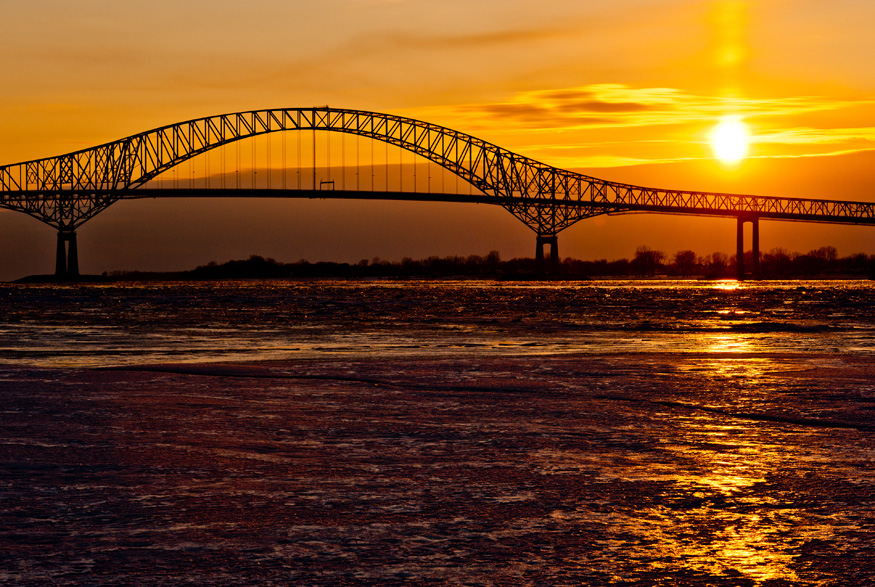
15. Trois-Rivières, Quebec
Home sales are expected to increase by 1.2% in Quebec this year. Of Canada’s cities, Trois-Rivières has some of the cheapest homes, with $160,311 the average price in 2015.
While the city’s economic growth has been modest in recent years, its location within easy commuting distance from both Montreal and Quebec City may make it a good long-term investment.
HGTV your inbox.
By clicking "SIGN UP” you agree to receive emails from HGTV and accept Corus' Terms of Use and Corus' Privacy Policy.





